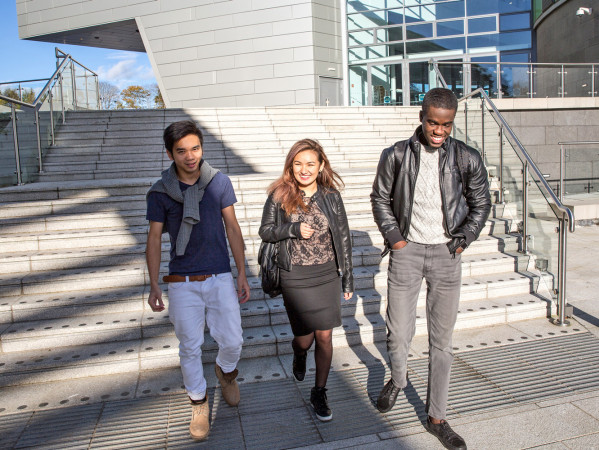StoriedPlace Toolkit
Creating a Story
Stories can be told in a variety of creative ways, from oral telling to music and art. This page helps to ensure the process is supported by the contextual, ethical and methodological deliberations.
Creation here means transforming a story in order to share it with your target audience. This is more than just ‘telling’ the story, even though it is embedded in the creation. It is telling the story in a way that inspires imagination, sense- and meaning-making, understanding the context of the story and what it represents.
We suggest that creating a story also involves five parts – understanding the context of the collection, recognising and acknowledging the voice of the stories in your collection, examining ethical considerations, using appropriate methods and considering the sustainability of the process and its outcomes. This part of the toolkit helps to guide you through the process, while acknowledging that each project or process can be different.
#Diagram

Read more about the Creation stage of the StoriedPlace toolkit on this page before proceeding to its steps.

Considering the context in which the story will be presented is key to engaging storytelling. Contextual elements include the purpose of the story and its creation, people and places, affected by it.

Transforming someone-else’s story into something new can be challenging and their voice may change through this process. Here we consider key questions about representing voices through the creation process.

Developing creative storytelling outputs often triggers several legal, ethical and moral questions, that should be addressed early in the process. This page guides you through some key issues.

Creative methods for telling a story are varied and should be considered based on contextual and ethical elements of the project. Read more about the key questions to answer.

In the Creation stage of a storytelling project, it is important to reflect on sustainability and the economic, socio-cultural and environmental impacts, in addition to future-proofing the creative output.

